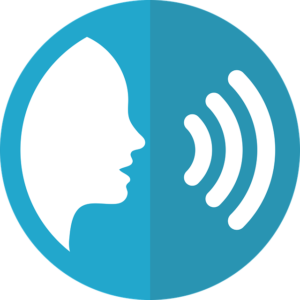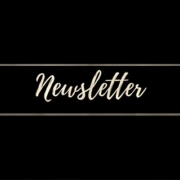Top Newsletter Article Tips: How to Make Sure Your Articles Get Read
Plenty of newsletter article tips explain why to have a newsletter or how to set one up.
But what about tips for writing enticing, engaging articles? Clever design and a reliable delivery schedule are helpful, but they will not make up for dull writing and high-falutin’ readability. Newsletter success boils down to the quality of your articles. Are yours interesting? Are prospects eager to read them? Do they learn great information or get inspired?
Your newsletter won’t get read unless your articles are interesting and easy to read.
Table of Contents
The problem with newsletter articles
The difference? Your content and how it’s written.
That’s what makes these newsletter article tips unique. They give you a simple self-check. Use it as you review each article in your newsletter – to check both the content of the article and the way it’s written.
Top newsletter article tips for interesting content and clear writing
#1. Make sure your article adds value for your reader
Think about your own reading patterns. Do you finish a piece when it doesn’t add to your life, your feelings, or your experience? Nope. Your readers are no different. Ask some hard questions: How will this article make your readers feel? How will it make their lives easier or better? Will this article encourage or challenge them? Does this article show your readers how important they are to you? The answers to these questions will reveal whether or not the article brings value to your reader.
#2. Let your article tell a story about people
Telling a story about people engages readers much more than a dry recitation of facts. Whenever possible, try to report the news in story form – or at the very least, include a story as a key section in the article. Use an anecdote as an opening hook. Offer a profile of a client or volunteer. Present data as a story of your organization’s work with a particular segment of people. Quote those who use your services. People like reading about other people – not programs.
#3. Give your article an interesting headline
Figure out a way to grab your reader’s attention with a short, pithy headline that gets to the point, offers a benefit, or describes a how-to. If you can’t get your reader past the headline, your article won’t get read.
#4. Write your article in a conversational tone
Sales-y marketing messages … dry reports … bragging and boasting … insider jargon … ugh. Readers quickly click off articles that bore them or try to sell them. Instead, inject a bit of personality into your article. Imagine you’re having a cup of coffee with a friend. How would you talk about the content in the article you’re putting together? Write down what you’d say. You can go back and edit it later, but you’ll be off to a good start with using relaxed, easy banter.
 #5. Keep your article short
#5. Keep your article short
When it comes to newsletters, brief articles beat long articles every time. Short articles are easier to read. They also show that you’re impacting lives in many different ways, not just one or two. Your newsletter can offer one longer feature (400-700 words), but offset that with several filler-like articles (300 words or less.)
#6. Make sure your article is easy to read
Do you write at the eighth grade level (8.0) or lower? Make sure you can answer yes – and not because your readers are dumb. They simply don’t have a lot of time. An article that is easy to read gets read. (For instance, this page’s readability index is 6.7.)
#7. Make sure your article is easy to skim
Unless you’re writing an academic report or an article for a literary journal, use short paragraphs — 6 lines at most, preferably less. Subheads and bullet points break up text, too.
#8. Make sure your article is error-free
Did you check your facts? Make sure names are spelled correctly? Proofread? Make sure you can answer yes to all of those questions.
– See more at: https://www.nonprofitcopywriter.com/newsletter-article-tips.html#sthash.bgEYqkpI.dpuf
About the author: Kathy Widenhouse
 Kathy Widenhouse is a freelance Christian writer. She produces content and copywriting for faith-based organizations and nonprofits.
Kathy Widenhouse is a freelance Christian writer. She produces content and copywriting for faith-based organizations and nonprofits.


 competition-copywriter-collective
competition-copywriter-collective